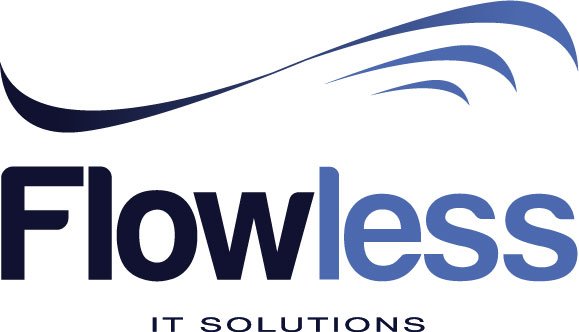What is it?
Agnostic agility in information technology is the use of best practices and procedure for the efficient working of the business. It states that one framework never works best for every client, the practitioner has to address the problems of clients to achieve a higher level of agility.
What are the 12 principles?
The twelve agnostic agile principles are the following:
- To care about the client interest first and empower them.
- I will put my all efforts, knowledge, and practical experience that fulfils the customer’s needs at best.
- I will focus on what the customer need is instead of pushing with is not needed.
- I will work best to overcome all the hurdles that come in the way.
- I will share my all experiences and knowledge to improve agile practices.
- I will give respect to structure, work according to it, and will appreciate those who help in developing the framework.
- If there will say something beyond my knowledge, I will accept it and seek help from other practitioners.
- I never hide the choices that benefit the customers and mislead someone by saying I know when I do not know.
- I will use traditional approaches as well when agility is not enough.
- I will stay from become dogmatic because it is non-agile.
- Sometimes the agility is not the end, so I will find the other ways that better the agility.
- I will share my knowledge with the community and learn from it to give the benefit to the both.
Why is it useful?
Agnostic agility is useful because it helps the clients by providing them the best agility that will help to meet all the needs and fulfils all the requirements.
What is the difference with other agile methods?
You will find many other management frameworks like a waterfall, Kanban, scrum and all these have different methodologies. Scrum is a complex and rigid framework while the other two are easy to use and implement.
— Slimane Zouggari
